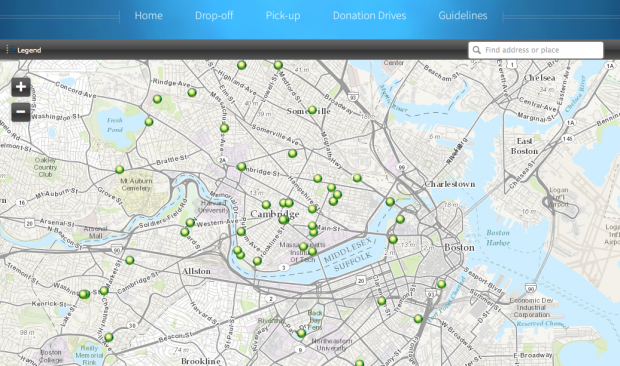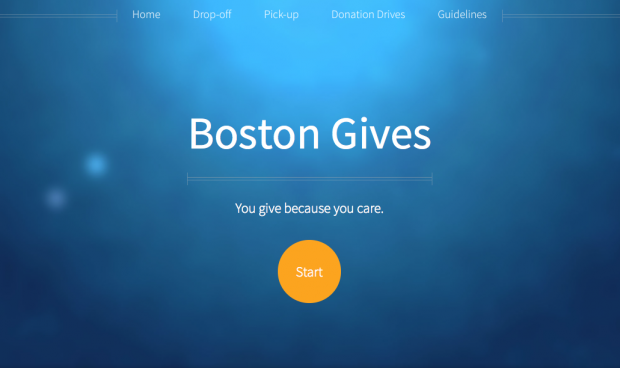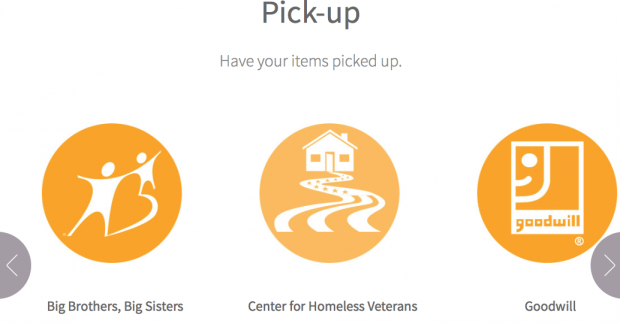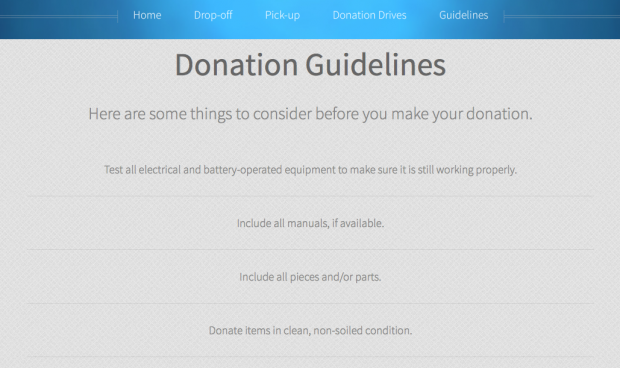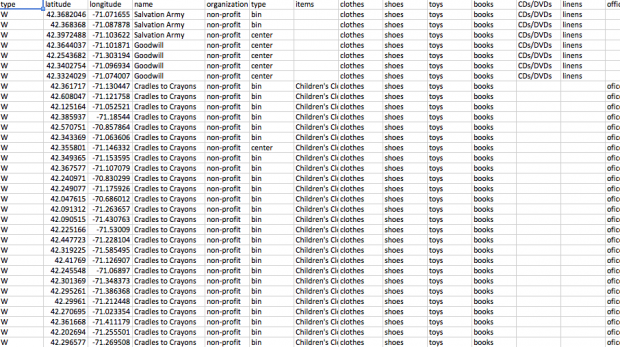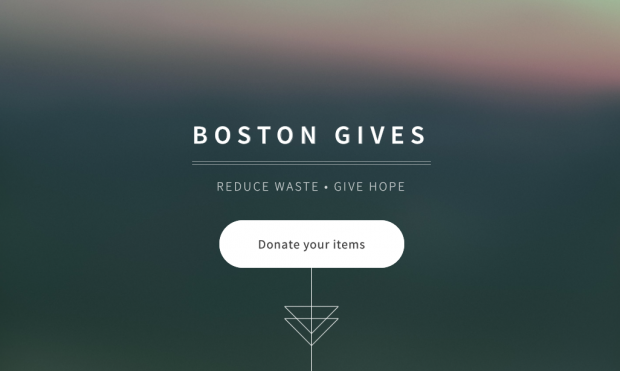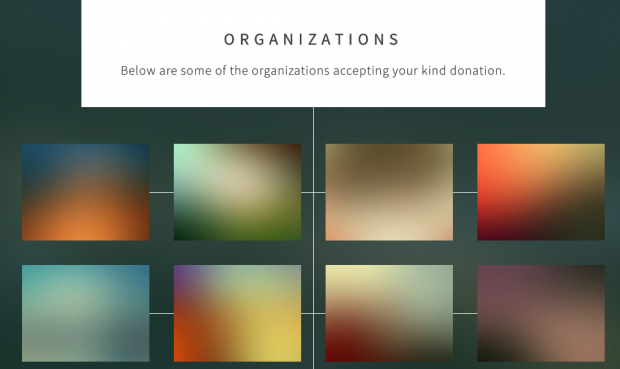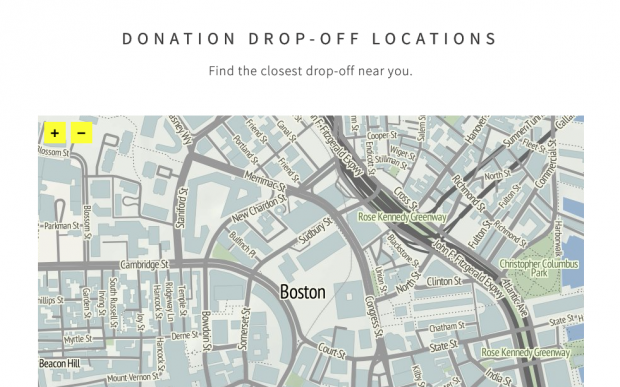Networked Urbanism
design thinking initiatives for a better urban life
apps awareness bahrain bike climate culture Death design digital donations economy education energy extreme Extreme climate funerals georeference GSD Harvard interaction Krystelle mapping market middle east mobility Network networkedurbanism nurra nurraempathy placemaking Public public space resources Responsivedesign social social market Space time time management ucjc visitor void waste water Ziyi
donations
Temporary location of website: http://malayapapaya.com/bostongives/index.html
Each American throws away 1 million pounds of trash each year. Some of these items thrown away are still in good condition and can be used by someone else. Homeless adults, children, and families rely on nonprofit organizations, such as Red Cross and Cradles to Crayons, to collect and redistribute goods to them, the people who need it most. Some goods are shipped overseas to developing countries who rely on second-hand clothes for livelihoods and inexpensive clothing.
Currently, it is difficult to locate donation bins and centers. There is not one comprehensive source available to search for organizations with goods drop-off locations. People surveyed state they will often take the easy route. When they cannot quickly locate a place to donate their goods, they will throw them away.
When someone has located a donation bin, they might donate all of their goods to the single site, regardless of the type of goods the site will accept. This leads to unsolicited donations. Nonprofit organizations estimate 20% of goods donated are items they cannot use. It uses valuable resources, mainly volunteered hours, to sort the unsolicited goods and either find a new site to donate the goods to, or, in cases when resources cannot be spared, the goods are thrown away.
People surveyed state they would like to donate their goods rather than throw them away. Realizing the problem that it is difficult to find convenient donation bins and centers, Boston Gives, a web platform, was created to map collection sites and connect the community to local nonprofit organizations. It makes it easier for the general public to locate collection sites accepting donated goods.
The map is populated by the public and nonprofit organizations. Anyone can simply fill out a form from the website and a marker will be placed on the map. When a bin is no longer available, another form is available, and when completed, an “X” will appear on the marker, noting the collection bin or center is no longer there. Each marker provides information about the location, the hours collections can be made, and most importantly, the items that are accepted. By informing the donor which goods are accepted, fewer unsolicited donations will be made.
Boston Gives website also provides additional information about donating goods. For people who need to have their goods picked-up due to lack of access to transportation or the size of the good, such as furniture or vehicles, a list of organizations (with contact information) who will pick-up items is available. Organizations can also post drive events so the community is aware of goods that are needed most at the time. To reduce the amount of unsolicited goods, a list of “dos” and “don’ts” educate donors on the accepted condition of items.
Boston Gives can only be beneficial if the public is aware of its existence. To encourage people to spread the word of Boston Gives, the collection map can be shared on Facebook and Twitter by the click of a button. A link is also provided for other websites, such as government or organizations, to embed the map into their site.
Donating used goods conserves natural resources, lessens environmental impacts by reducing waste, and helps those less fortunate. It gives back to community and the planet.
I have a map!…but it can still use a bit more tweaking. Almost there.
I sent the website out to organizations and local residents to receive feedback on the function and look of the website.
The website is progressing. I’m having some frustrations with the map and trying to find a program that will perform all the functions and features I would like to have. These slides also include my initial thoughts on my presentation outline.
Starting to locate collection bins and centers and inputting them into a spreadsheet for upload into a mapping program. Gathering locations by speaking to local organizations, web searches, and walking around town. I’m considering a few applications for mapping: Mapbox, ArcGIS online, Mapquest, and CartoDB.
Started to put together the basic framework for the website. Still needs a lot of work.
The final decision was to make a webpage mapping collection bins and centers. Above is my midterm review presentation.
On October 4, 2013, I took a tour of Cradles to Crayons, a Boston area non-profit organization that creates gift packs and backpacks for children ages 0-12. I learned how an organization processes donated goods and prepares them for distribution and also what is done with donated items that they do not use.
This week I also sent out my survey to 115 nonprofit organizations in the Boston area. http://www.surveymonkey.com/s/JMJWF7L
A pecha kucha introducing a project dealing with unsolicited donations to non-profit organizations in Boston.
